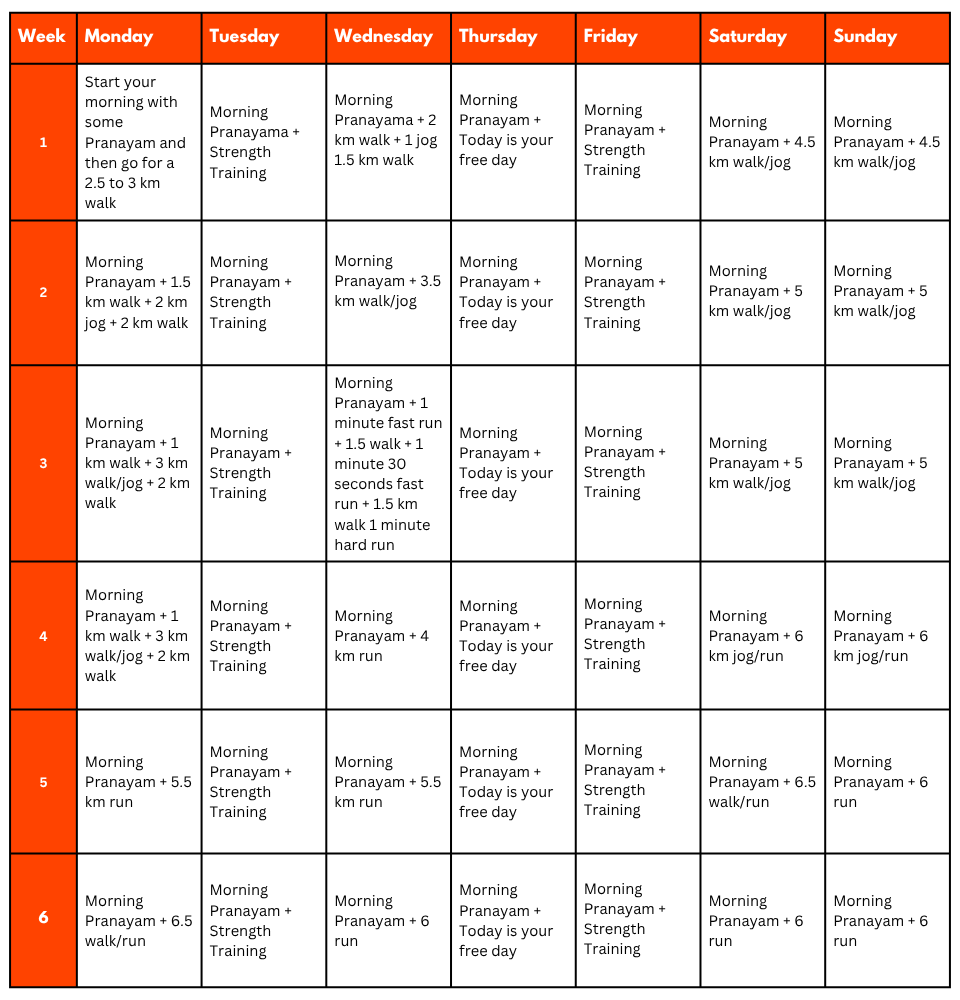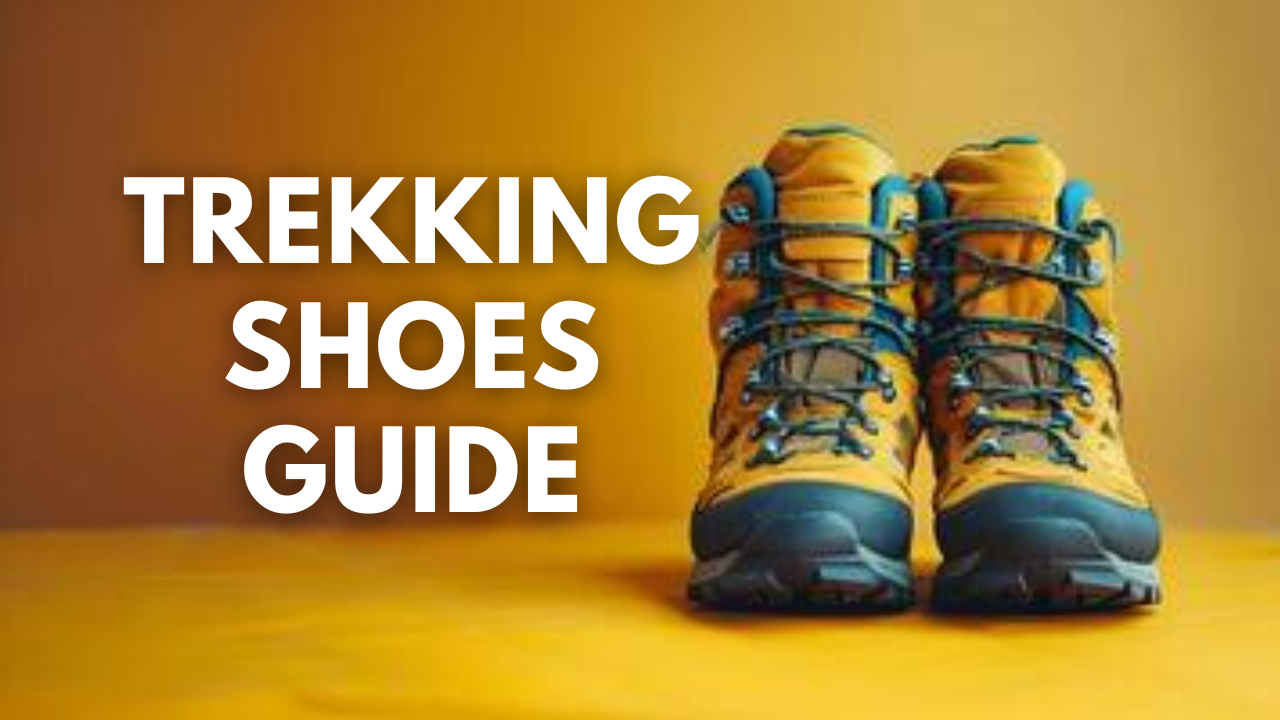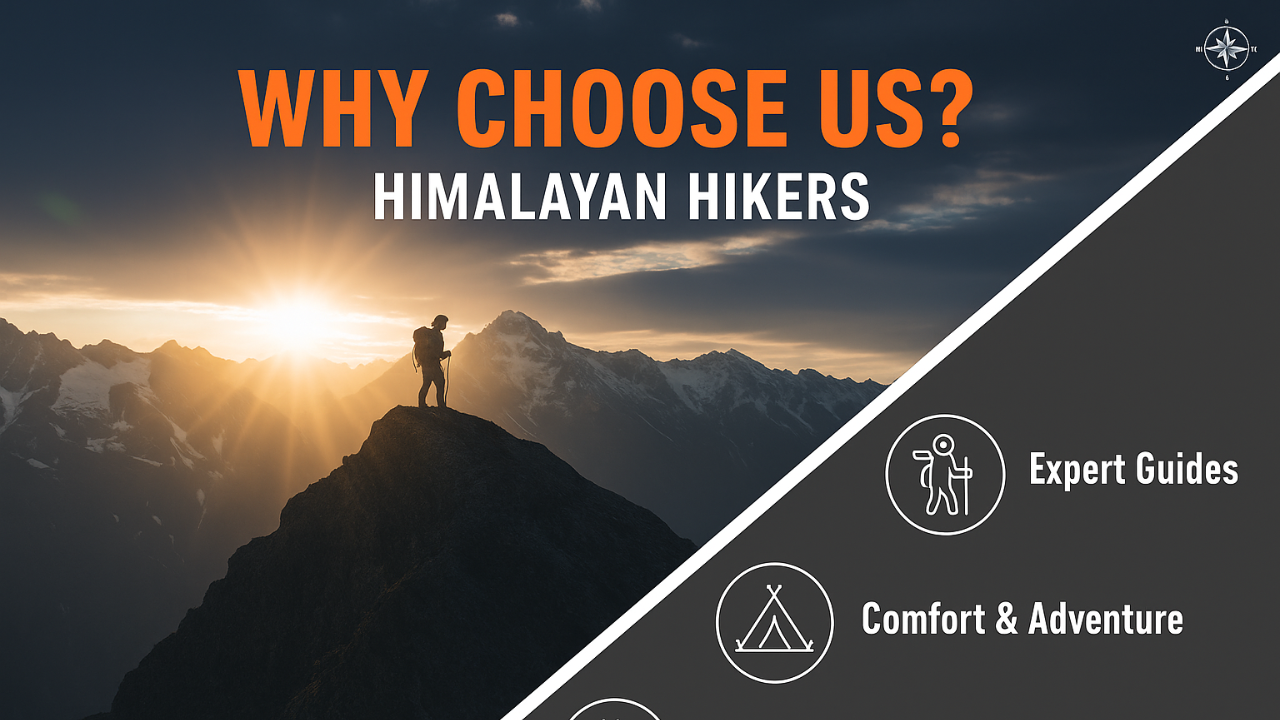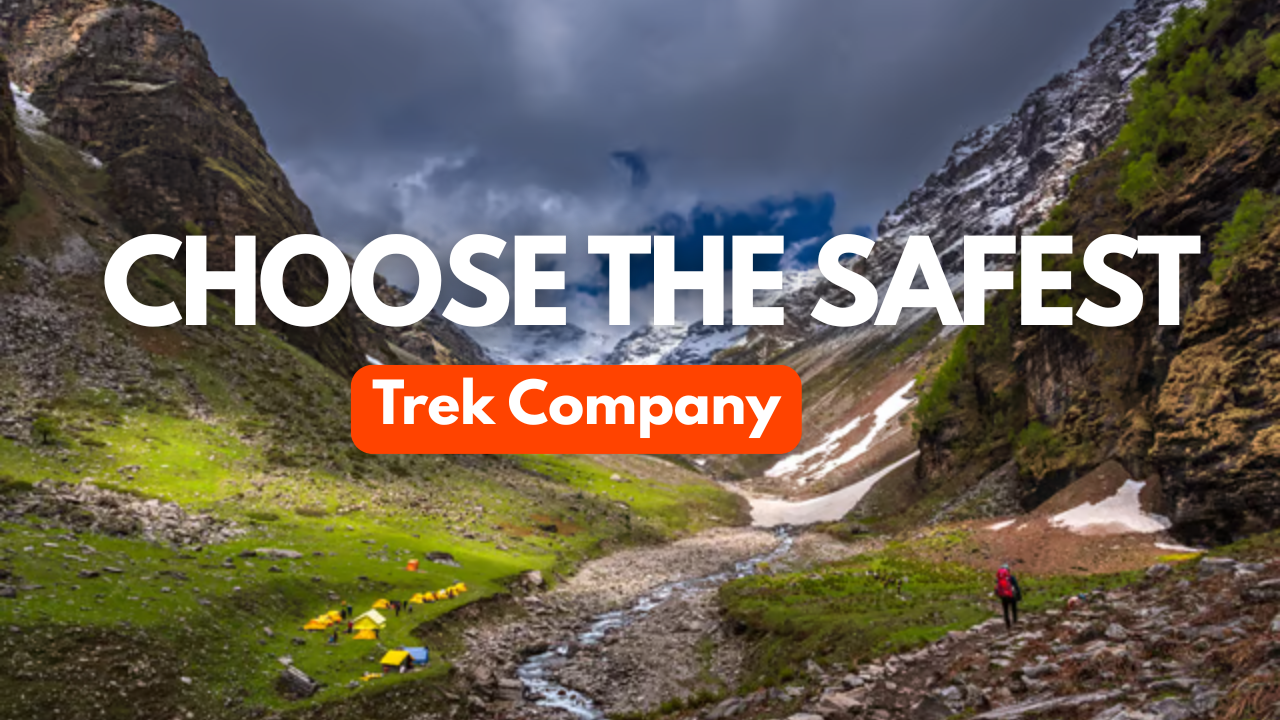Kugti Pass Trek comes under the Pir Panjal Ranges of Himalayas. The climb is thrilling but the summit is equally rewarding, it rewards you with the best views of Dhauladhar ranges, Manimahesh Kailash peak and Snow Cladded Mountains lying outside the Lahaul valley.
At Kugti Pass top is the shrine of Marali Devi, there are iron trinkets, bells and some coloured cloth pieces.
Explore the Region of Kugti Pass Trek :
Kugti Pass Trek starts from Bharmaur (near Chamba) which ahead leads to Hadsar. The inclining and declining trail will then take you the quaint Kugti village which is divided in two parts Lower Kugti and Upper Kugti.
Cross Budhil gorge and explore the Keyplong temple and temple at the top of Kugti Pass Trek.
Key Points of Kugti Pass Trek
Level: Difficult
Proper conditioning & training of body required
Need proper gear & clothing for sub-zero temperature
Shoes are the single most important equipment.
High Altitude requires proper acclimatization.
Beautiful landscapes so carry good photo gear & Extra battery backup.
Travel light
The backpack should not exceed 10kgs.
Must Read about Kugti Pass Trek
Duration: 9 days (Pathankot to Manali)
Best Time: June and September
Level: Difficult
Highest Point: 5090 m
Weather: Nights are cold and day temperature is pleasant during the season.
Temperature: (12°C to 20°C) (-2°C to 6°C)
Starting Point: Pathankot
Kugti Pass Trek Guide
Day 1 – Pathankot to Dalhousie (80 km)
Day 2 – Dalhousie – Kalatop – Khajiyar – Bharmour (110 km)
Day 3 – Bharmour to Bharmani Mata temple and back (6 km)
Day 4 – Bharmour – Hadsar – Kugti (Drive – 20 km) (Trek – 6 km)
Day 5 – Kugti to Dughi (8.5 km)
Day 6 – Dughi to Alyas Base camp (9 km)
Day 7 – Alyas Base camp to Kugti Pass (5090 m) – Alyas (12 km)
Day 8 – Alyas Base camp to Jobrung and drive to Udaipur (Trek – 8 km) (Drive – 45 km)
Day 9 – Udaipur to Manali
Day 1 : Pathankot to Dalhousie (80 km)
The transport will be arranged from Pathankot and the drive will be to Dahousie, a beautiful hill station in Chamba region.
Day 2 : Dalhousie – Kalatop – Khajiyar – Bharmour (110 km)
Post breakfast head to Kalatop Wildlife Sanctuary, explore the area and move further to Khajiyar.
Have lunch en route then start trekking to Bharmour via Chamba.
Reach there and check into the hotel.
Day 3 : Bharmour to Bharmani Mata temple and back (6 km)
Have breakfast early and move to Bharmani Mata temple with packed lunch. The temple is present at the crest and lies 3 kms away from Bharmour.
After Darshan and spending time there, return to Bharmour and enjoy your overnight stay there.
Day 4 : Bharmour – Hadsar – Kugti village (Drive – 20 km) (Trek – 6 km)
After breakfast at Bharmour leave for Hadsar through a taxi. The trek starts from there which involves steep ascents and descents to the Kugti village.
Reach small station Dhanaul which is 6 km from Hadsar. Halt for a while and trek along Budhil River’s left bank. After some inclines and declines reach the bed of this river. Cross the stream over a small bridge and ascend for 1 hour to reach this pristine village.
Kugti village has two parts – Lower and Upper Kugti. Enjoy its unique beauty and settle for the day.
Day 5 : Kugti to Dughi (8.5 km)
Pass through Kugti village, cross a tiny stream over a bridge. Ahead lies a Kartik temple devod to Lord Shiva’s son Kartik. He is believed to be the cattle saviour.
Here, the sheep are offered to Lord Kartik by Gaddi shepherds. Visit the temple of Goddess Marali also then move towards Dughi, destination of the day.
Now, the trail goes through wide alpine meadows. A short descend to the stream will lead you to Dughi campsite.
Day 6: Dughi to Alyas Base camp (9 km)
Alyas are locally called Lahesh, they are the base ground of passes or the campsites present on both sides of the passes. Post breakfast move from Dughi to Alyas.
The trek is going to be the most adventurous and enjoyable. The path goes with the stream, cross the steep climb and reach the plateau of Kuddy.
The treeline recedes and the path from here turns and follows Kugti Pass Alyas. A gradual steep climb will take you to Alyas campsite, witness a high V shaped pass amid two crests.
Have food there and settle for the day.
Day 7: Alyas Base camp to Kugti Pass (5090 m) – Alyas (12 km)
Start the trek early morning because walking on frozen snow is easier then walking on fresh snow. We have to reach the pass early because weather conditions can change anytime.
Go uphill through the moraine section, the way is well trodden. Walk carefully and safely through the crevasses patches. After 1 km the terrain turns steep over snow and loose rocks.
After a tough hike, reach the Kugti top it offers amusing views of the Himalayan peaks and spectacular sight of Manimahesh Kailash. Alyases and Grechu pass, both side views are feast for the eyes. At Kugti Pass top is shrine of Marali Devi, there are iron trinkets, bells and some coloured cloth pieces.
Rest there for sometime, then descend to Alayas of Lahaul. The trail is narrow and steep so be very careful and cautious while descending. Reach the campsite, have food and retire for the night.
Day 8: Alyas Base camp to Jobrung and drive to Udaipur (Trek – 8 km) (Drive – 45 km)
The trek from Alyas to Jobrung is 8 km long, cross a ridge and then descend to the Rashil stream. Follow the right bank and get down to Jobrung, first civilization on Lahaul side overlooking the Chandra Bhaga River.
Later cross a stream over a bridge to reach Shamsha located on the Kilad – Manali highway. From here go to Udaipur in the booked vehicle. The arrangements will be made in a hotel there.
Day 9 : Udaipur to Manali
Visit the Mirkla Mata temple in Udaipur go to Keylong, Dist. Headquarter of Lahaul. From here move to Manali via Rohtang Pass.

Mandatory Documents
Original and photocopy of government photo identity card- (Aadhar Card, Driving License, Voters ID, etc,)
Passport and Visa important to foreigners
Medical Certificate (First part should be filled by the Doctor and Second part by the Trekker)
Declaration Certificates
Note: – Many trekkers commit the same mistake of carrying unnecessary items on a trek which only makes the backpack heavy. It is important to know the right items to carry. It differs from season to season if you are trekking in summers then carry less layers of warm clothing and if you are trekking in winters carry enough layers to protect yourself against chilly cold.
Necessary Items for trekkers

Basic Trekking Gears

The Clothes You Should Bring On Satopanth Expedition

Head Gears

Foot Gears

Personal Care Essentials

Carry a Personal Medical Kit

Are you Looking for Trekking Equipment on Rent?
If any trekker requires trekking equipment on rent, Himalayan Hikers offers the best-quality gear available for rental. Many individuals are in need of such equipment, and renting provides a cost-effective solution, allowing them to access high-quality gear at an affordable price without the need for a significant investment for short-term use.

Trek Equipment You can book directly on first day at the Base Camp.
Note:-
Please take all medicines only when prescribed by the doctor. In case you face any problem during your trek,
discuss and take advice from the Professional guide.
The Trek is one of the most popular treks in Uttarakhand, requiring both physical preparation and mental readiness. Although it is categorized as a moderate trek, reaches an elevation of over 12,720 feet and traverses remote Himalayan terrain, which can be physically and mentally challenging. Here's how you can prepare yourself for a safe and successful accomplishment of the Trek:
Physical Fitness
Building a good fitness base is essential for every trekker. The Trek itinerary involves 5 to 6 hours of walking every day. Though the trails are well-marked, they are often bumpy and include steep uphill sections, which may affect your stamina. You can overcome your physical limitation with a 6-week training program that you can begin about 2 months before your Trek. Your 6-week fitness routine should include

Pro Tip: If you have time, you can skip the Sunday training and go for a long-distance walk or mini day-hike (7–10 km) with a loaded backpack to simulate real trekking conditions. A short 1-day hike around your city/town can help a lot.
Mental Preparation
Physical strength is only half the journey, the other half is mental resilience. The trail takes you through remote clearings, steep climbs, cold starry nights, and no mobile connectivity. Be prepared to:
(I) -
Detach from the digital world.
(II) -
Embrace basic mountain living (camping, toilet tents, limited electricity).
(III) -
Push through moments of fatigue, weather discomfort, or altitude effects.
Himalayan Hikers is a reputable trekking company that places a high priority on safety. Here are some of the safety measures they take to ensure the safety of their clients during the Trek:
Experienced Guides: Himalayan Hikers hires experienced and certified guides who are well-versed in the terrain, weather conditions, and local culture. These guides have first-hand knowledge of the routes and are equipped to handle any emergency situations that may arise.
Proper Gear: The company provides all the necessary gear and equipment to their clients to ensure comfort and safety during the trek.
Hygiene and Sanitation: Himalayan Hikers places great emphasis on hygiene and sanitation during the Trek. They provide clean drinking water, hand sanitizers, and toilet tents to ensure that their clients are healthy and comfortable.
Emergency Services: The company has a well-defined protocol for handling emergency situations. They have a team of trained medical professionals who are available 24/7 and can be quickly mobilized in case of an emergency.
Acclimatization: Himalayan Hikers follows a gradual acclimatization process during treks to ensure that their clients adjust to the high altitude gradually. They also monitor the health of their clients regularly and provide necessary medical attention if required.
Overall, Himalayan Hikers places a great emphasis on safety and takes all necessary measures to ensure the safety and well-being of their clients during treks.
No FAQs available for this trek.












